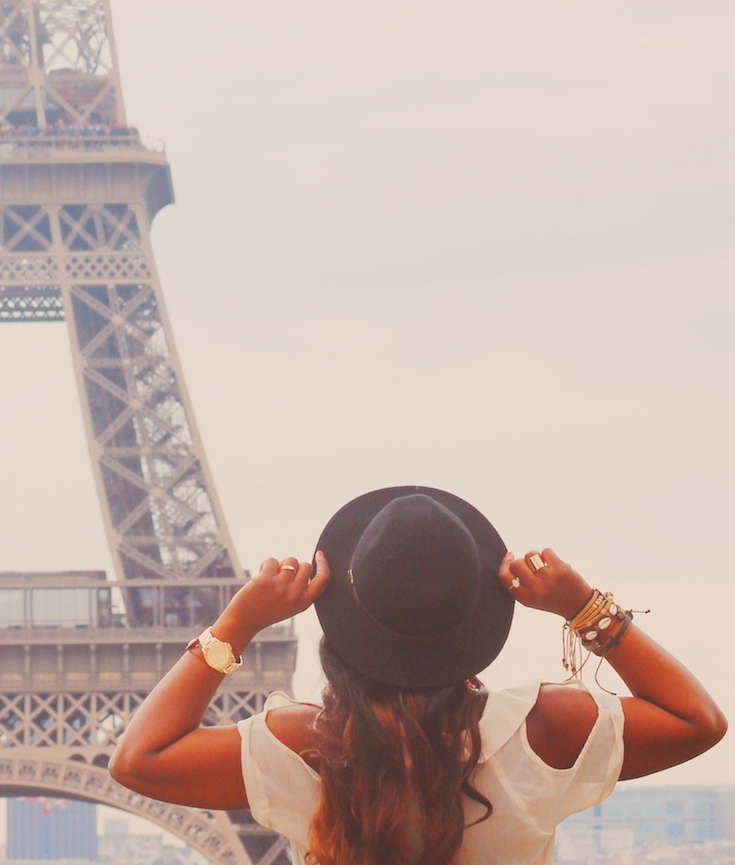[dropcap]It’s[/dropcap] going to cost you — $5,285 for a single person or $4,390 for double occupancy.
The nine-day trip, led by John W. Frankin, the museum’s senior manager of the office of external affairs, is scheduled for May 6-14 in 2018.
On the trip, you’ll learn about the African-American expatriates, military heroes, jazz musicians and writers who called the City of Light home. You’ll get to watch a screening of a documentary about African Americans in Paris from the 1920s and 1930s and chat with its filmmakers.
[mc4wp_form id=”6042″]





The Harlem Renaissance took place in Harlem, New York, spanning the 1920s. During the time, it was known as the “New Negro Movement”, named after the 1925 anthology by Alain Locke. The Movement also included the new African-American cultural expressions across the urban areas in the Northeast and Midwest United States affected by the African-American Great Migration, of which Harlem was the largest. The Harlem Renaissance was considered to be a rebirth of African-American arts. Though it was centered in the Harlem neighborhood of the borough of Manhattan in New York City, many francophone black writers from African and Caribbean colonies who lived in Paris were also influenced by the Harlem Renaissance.
The Harlem Renaissance is generally considered to have spanned from about 1918 until the mid-1930s. Many of its ideas lived on much longer. The zenith of this “flowering of Negro literature”, as James Weldon Johnson preferred to call the Harlem Renaissance, took place between 1924 (when Opportunity: A Journal of Negro Life hosted a party for black writers where many white publishers were in attendance) and 1929 (the year of the stock market crash and the beginning of the Great Depression) (Wikipedia).



You must be logged in to post a comment.